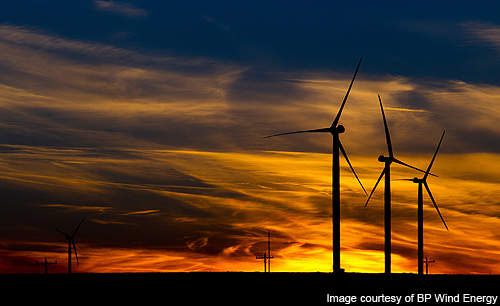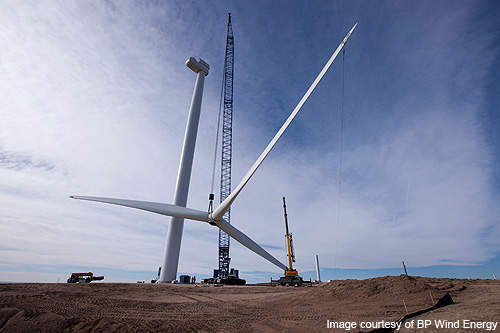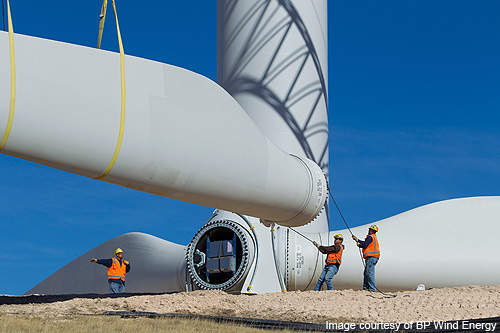The Cedar Creek II Wind Farm is a 250MW project developed 20 miles north of New Raymer, Weld County in the state of Colorado, US. The project broke ground in September 2010 and was commissioned in July 2011.
The wind farm was earlier owned by Cedar Creek Wind Energy, a joint venture of BP Wind Energy (33%) and an Australian wind power producer Infigen Energy (67%) (formerly Babcock & Brown). In November 2010, Sempra Generation acquired 50% of BP’s stake in the plant. BP Wind Energy and Sempra Generation now own 16.5% each in the plant.
Estimated at $300m, the project is backed by a 25-year power purchase agreement (PPA) with the Public Service Company of Colorado (PSCO), a subsidiary of Xcel Energy.
The wind farm generates enough electricity to supply power to 75,000 households. The project will help Colorado achieve its renewable energy target of 30% by 2020.
The Wind Farm created 19 permanent jobs and employed around 350 workers during peak construction.
Project details
Cedar Creek II was constructed to the east of the existing 300.5MW Cedar Creek I Wind Farm, which was commissioned in 2007.
The new wind farm added 123 turbines to the existing 274 turbines of the Cedar Creek I, increasing the total number to 397.
The project features a combination of GE and Nordex wind turbines. It has 63 GE SLE turbines of 1.6MW each and 60 Nordex N90/2500 wind turbines of 2.5MW each.
Development
Topographic and ALTA surveys of the Cedar Creek site were carried out by Westwood along the existing transmission line route. An additional 24km of overhead 34.5kV lines within the wind farm boundary were also included in the survey.
Minnesota-based Mortenson Construction built the wind farm under an EPC contract.
The existing transmission lines of Cedar Creek were constructed by Castle Rock-based Great Southwestern Construction under a subcontract.
Grid network
Power generated by Cedar Creek II is transmitted through a 20-mile long new over-head transmission line. It is integrated with the existing Cedar Creek I’s interconnection with the Public Service Company.
Cedar Creek I has a 74-mile long, 230kV transmission line.
Finance
The project construction was backed by a $300m long-term, non-recourse loan from Spanish bank Banco Santander and French bank Société Générale.
The other banks that have supported the project are Bank of Tokyo, BBVA and Lloyds TSB.
Technology
The GE 1.6SLE wind turbine is an upgraded version of the widely used GE 1.5SLE turbine. The WindBOOST control system upgrade turns the blades faster to increase the output by 100kW from 1.5MW to 1.6MW.
This technology focuses on increasing the output of the turbine, resulting in greater revenues to wind operators. The WindBOOST technology enables up to 4% increased power output a year, resulting in a lower payback period to the operator. It is flexible enough to increase production during periods when the electricity rates are high. The control system can be controlled from remote locations to turn the system on and off at turbine level.
Colorado power market
Coal and gas-fired plants dominate electricity generation in Colorado. Coal-fired plants account for 70%, natural gas-fired plants produce 25% and the remaining 5% is accounted for by hydroelectric and wind power facilities.
In 2014, the state produced approximately 2,500MW of wind power accounting for 13.61% of all in-state power production. Colorado has substantial renewable energy potential that is yet to be developed. The state is not energy intensive as less than one-fifth of the households use electricity as the main source for heating. The transportation and industrial sectors in the state are, however, more energy-intensive sectors.
In March 2007, the state adopted a new renewable portfolio standard that required large utilities to produce 20% of their energy from renewable sources by 2020.






